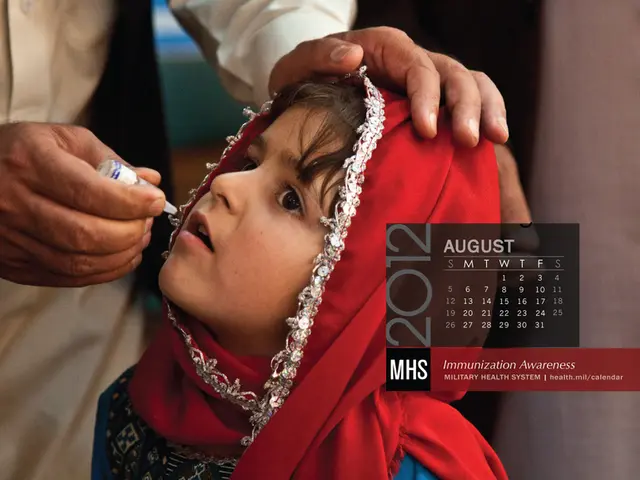Japan experiences record-low birth rate: less than 700,000 births in a year, last observed in 1899.
Barreling Towards a Demographic Crisis: Japan's Plummeting Birth Rates
Japan's birth rates have plunged to an all-time low, hitting a record-breaking 686,061 births in 2024, as reported by Nikkei. This significant drop below 700,000, a threshold not breached since records began in 1899, translates to a 5.7% decline compared to the previous year.
The total fertility rate (TFR), measuring the average number of children a woman can have during her reproductive years, nosedived to an unprecedented 1.15 in 2024, down from 1.2 the year before. This historic decline is echoed in data from Japan's Ministry of Health, Labor, and Welfare, cited by Bloomberg. In Tokyo, the TFR has dipped below 1 for the second year consecutively.
In stark contrast, deaths reached a staggering 1.61 million in 2024, leading to a net population decrease of approximately 919,000 people, according to Bloomberg's reports.
Amid this alarming trend, Japan's Ministry of Health acknowledges that the birth rate crisis persists unabated. The ongoing decrease in the number of young women and the shift towards later marriage and childbirth are exacerbating the issue, as identified by Bloomberg.
Encouragingly, the number of newlyweds surged by over 10,000 in 2024 compared to the previous year. This optimistic sign might pave the way for a potential resurgence in birth rates.
To combat the low birth rate, the Japanese authorities are planning to bolster subsidies for children, offer free upper-grade education, compensate salaries for families with both parents taking parental leave, and implement other family-friendly policies. The aim is to create a more flexible working environment and promote balanced work-family life, especially in rural areas.
Despite these measures, the demographic crisis looms large over Japan, with the situation developing at a faster pace than anticipated. The challenges, however, remain not insurmountable, as the government and society strive to encourage marriage, childbirth, and address the unique challenges faced by women in rural areas.
Stay updated on the latest news in our Telegram channel @expert_mag
#Japan#BirthRate#Demography
- The drop in Japan's birth rates puts the country's economy in a precarious position, as a dwindling population could negatively impact science, health-and-wellness, fitness-and-exercise, and overall family health.
- Mental-health professionals express concerns about the potential psychological impact of these low birth rates on women's health and the broader population, given the implications for parenting and family dynamics.
- Politicians and policymakers are under pressure to address this issue through policy-and-legislation changes, particularly in regards to incentivizing marriage and childbirth to combat Japan's demographic crisis.
- The general-news media continue to monitor the situation closely, reporting on various aspects of Japan's birth rate crisis, including the economic, social, and demographic implications.
- As this demographic crisis unfolds, experts in science, health, economics, and other fields are working together to propose sustainable solutions that ensure the health and vitality of future generations in Japan.








